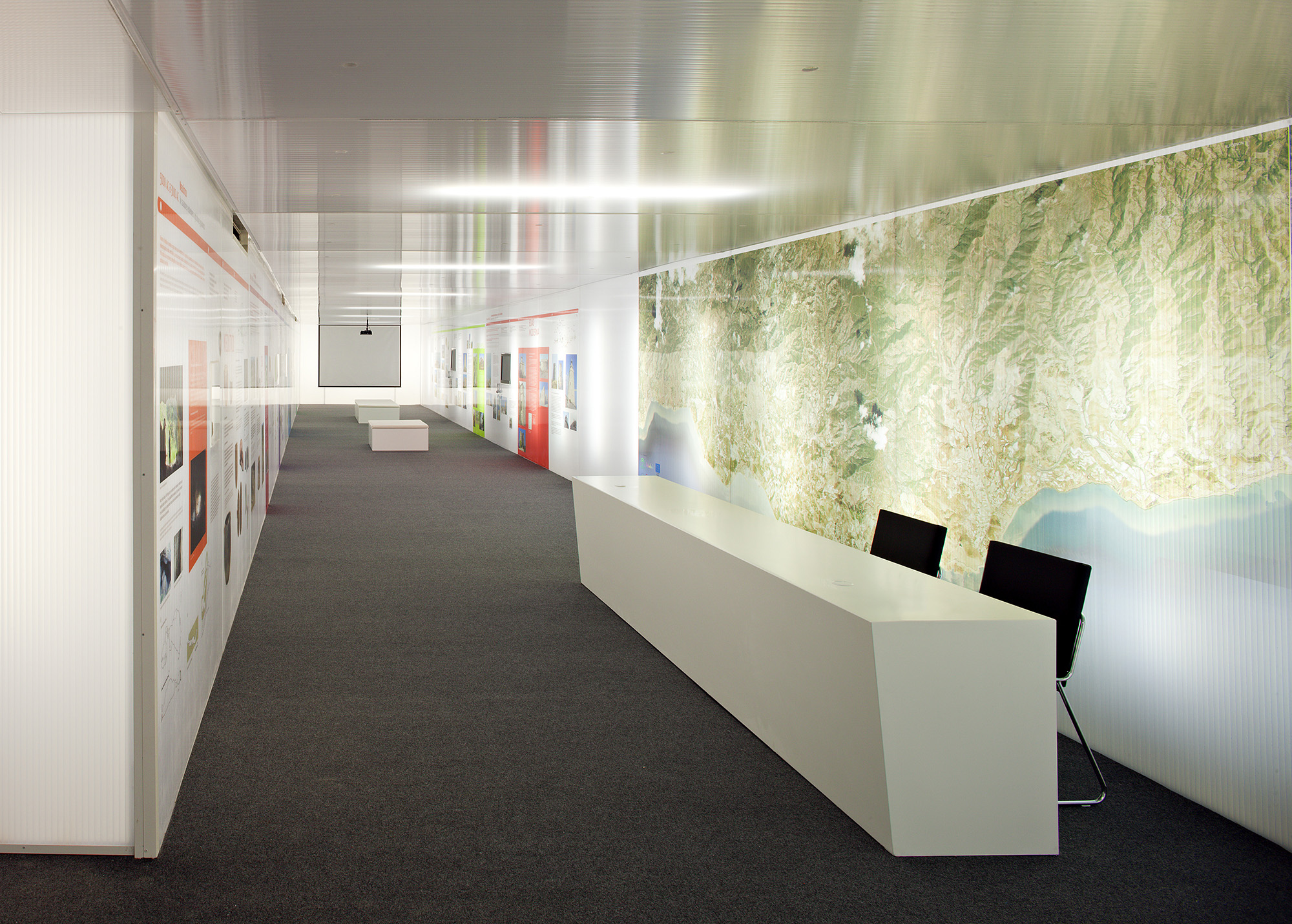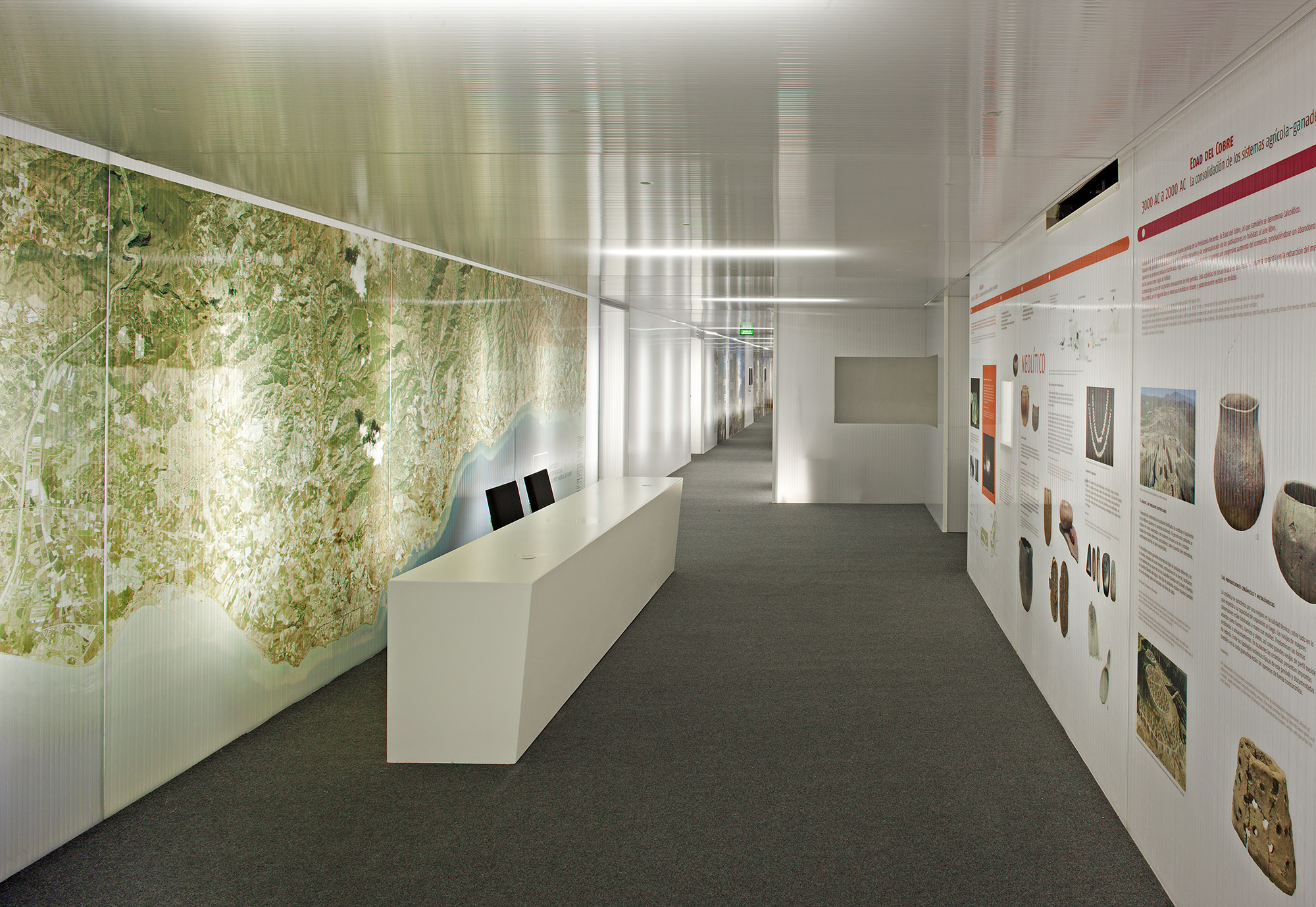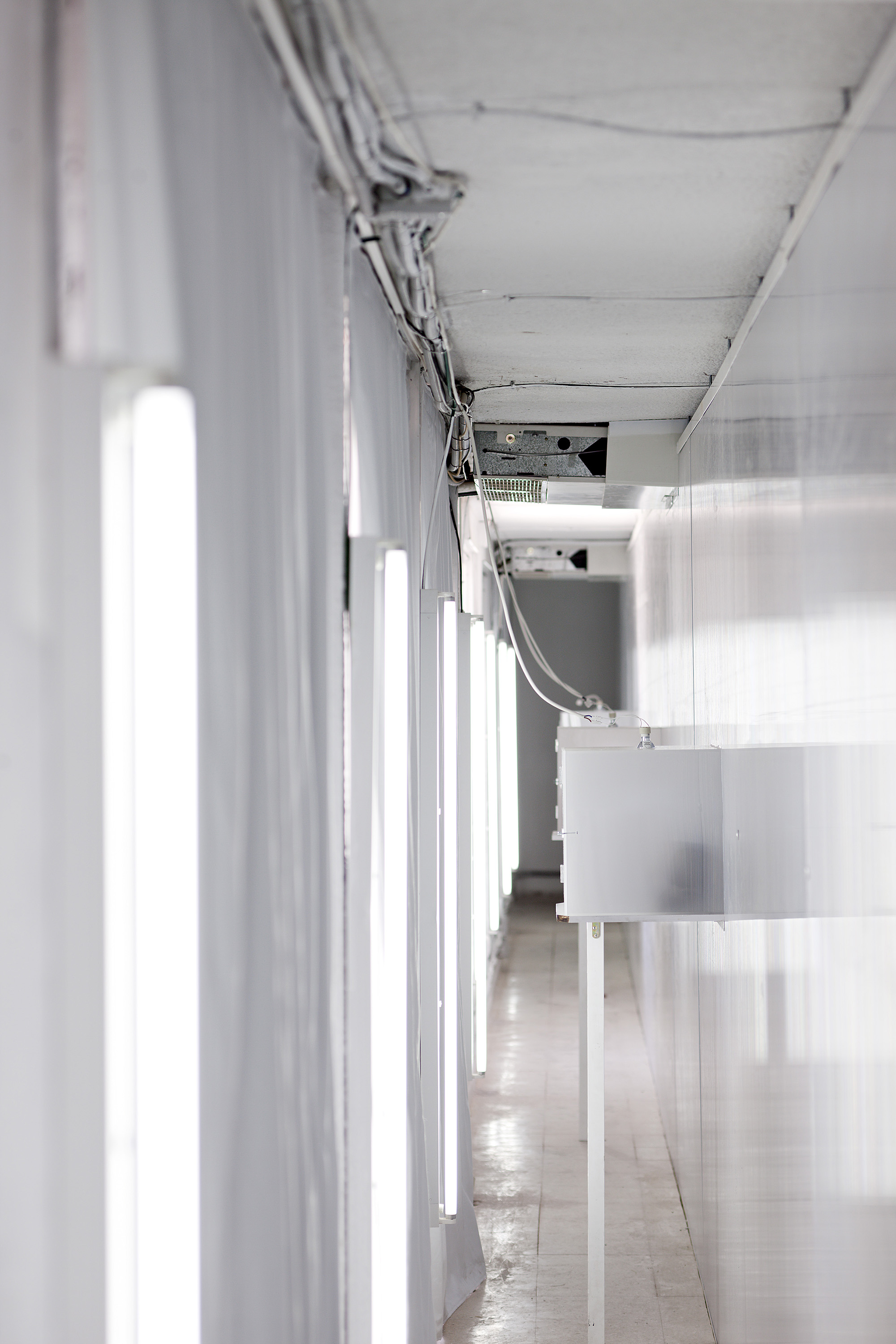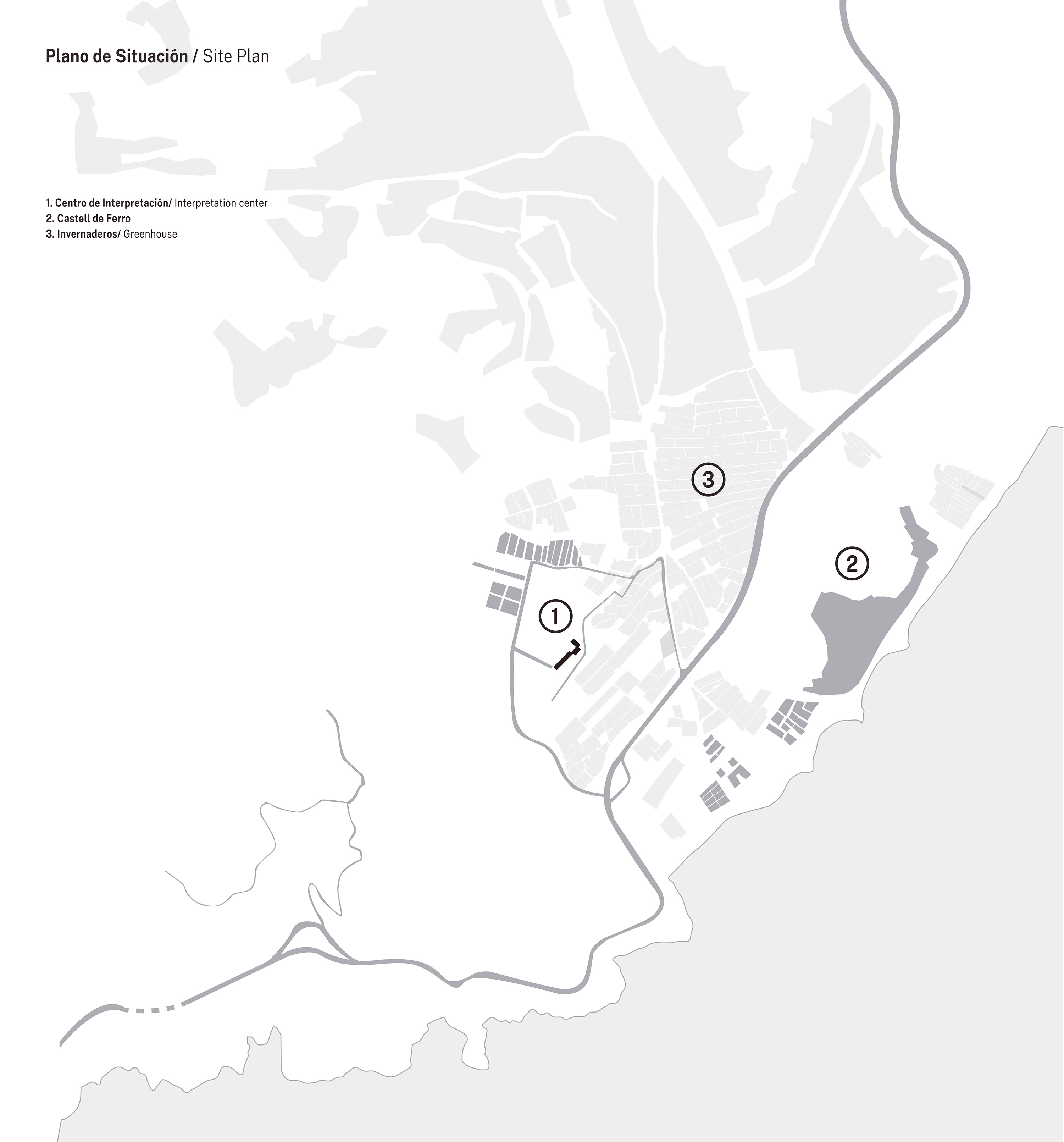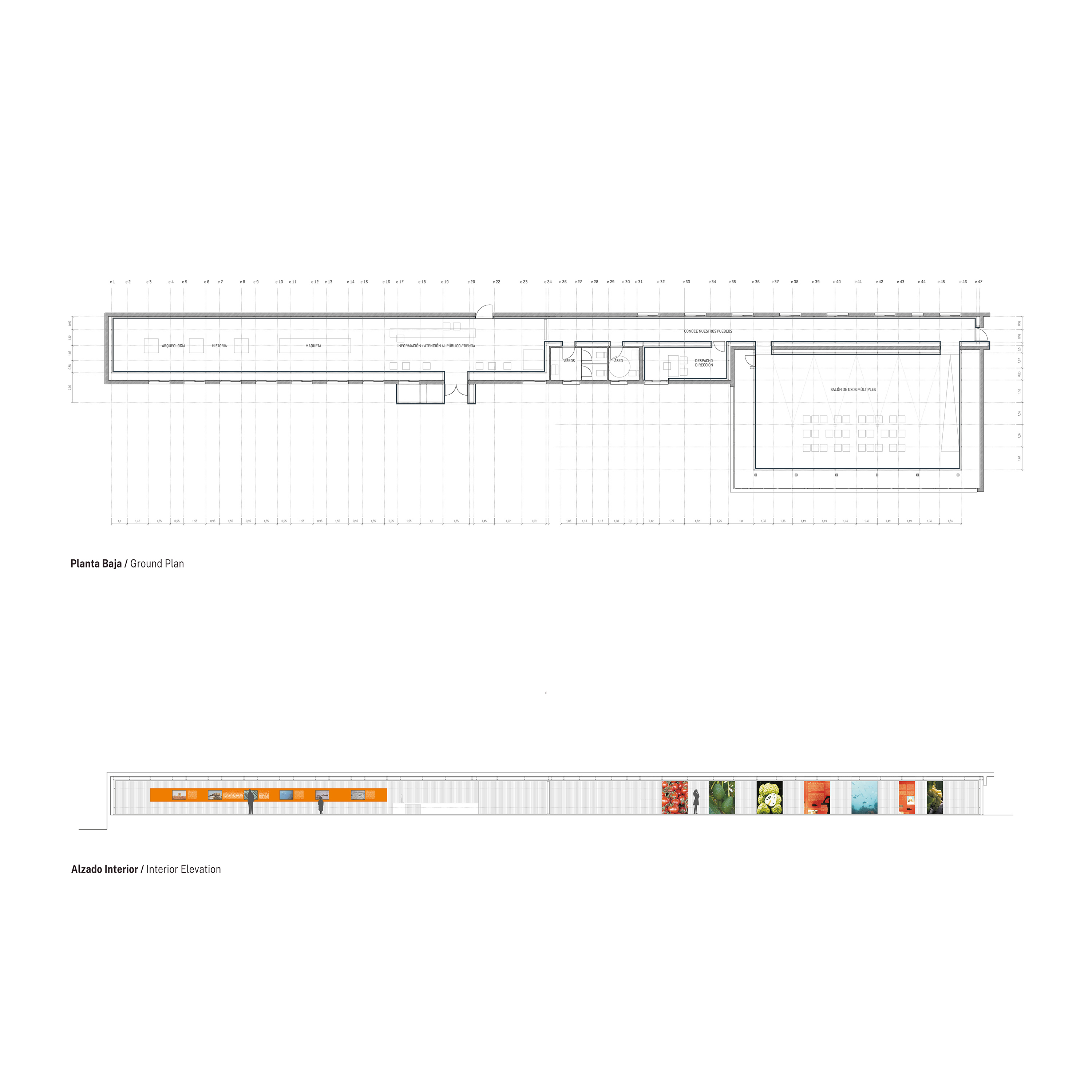Plastic
Centro De Interpretación De La Costa Tropical
Architect: Rubens Cortés Cano
Collaborating architect: Raúl Melguizo
Technical Architect: Enrique Molina Campos
Team: Raúl Melguizo, Álvaro Castellano, David Garzón, Francis Requena, Rafael Ruiz
Contractor: Ayto. de Gualchos–Castell de Ferro
Estructure: Plastisur (Policarbonato)
Photography: Javier Callejas
Promoter: Ayto. de Gualchos–Castell de Ferro
El centro de interpretación de Gualchos – Castell de Ferro será uno de los muchos que se ofrecen en la provincia de Granada, pero tratará de distinguirse entre tantas expresiones arquitectónicas y culturales.
Los centros de interpretación se crean con el objetivo de convertirse en plataformas de difusión de los recursos naturales, de la cultura y del patrimonio propio de la comarca. Sin embargo el interés que despiertan en el visitante es cada vez menor y los contenidos que albergan a veces resultan rutinarios. Podemos decir que siguen repitiéndose un modelo de centro de interpretación ya agotado.
Muchos ayuntamientos han convertido el “centro de interpretación” en una oportunidad para tratar de adueñarse de ciertos valores patrimoniales. En contra de ésta dinámica proponemos una plataforma de colaboración y difusión, basadas en las nuevas tecnologías y en un planteamiento sostenible y de “bajo consumo”, con una posibilidad de retorno económico mayor gracias a los vínculos establecidos con otros municipios y empresas de la comarca. Acondicionamos parte del albergue existente para este nuevo uso incorporando al esquema constructivo un nuevo material: el policarbonato celular translúcido. Sobre una estructura metálica desmontable disponemos placas de este material que sustituye el acabado tradicional de mortero y pintura por otro más flexible, reciclable y versátil. Es una nueva piel interior que se adapta a la geometría existente y nos ofrece diferentes niveles de transmisión luminosa, una gran resistencia al impacto, altos coeficientes térmicos y acústicos y una alta resistencia al envejecimiento. El espacio resultante entre el cerramiento del edificio existente y la nueva piel interior nos permite alojar las instalaciones necesarias e iluminar el espacio de un modo homogéneo y uniforme. Entendemos que éste material constructivo es óptimo para reflejar la realidad de la costa tropical, donde los polímeros de los invernaderos ocupan la mayor parte del territorio y constituyen parte muy significativa del patrimonio de la zona.
EN/
The Interpretation Center in Gualchos – Castell de Ferro will be one of many centers of such type in
the Granada province, but it will differ significantly from so many architectural and
cultural expressions. Interpretation Centers serve as platforms that spread natural resources, culture and national heritage of the region. Nevertheless, every time people are less interested in such centers and find their contents monotonous.
Many town councils treat the “Interpretation Center” as an opportunity to take over certain patrimonial values. In opposition to this dynamics, we propose a platform of cooperation and diffusion based on new technologies and sustainable and efficient approach with possibility of economic returns thanks to its ties established with other town councils and companies of the region. The idea of the project is to transform the existing youth hostel taking into consideration its new usage applying new material – cellular translucent polycarbonate. Above the removable metal structure we place polycarbonate sheets that substitute traditional finishing works of mortar and painting with more flexible, recyclable and changeable materials. It represents new interior skin that takes the shape of the existing geometry and possesses excellent levels of light transmission, high resistance to external influence, high heat and sound insulation, and high resistance to ageing. The resulting space between the walls of the existing building and the new interior skin allows us install the necessary equipment and illuminate the space in a homogeneous way. We find this material to be perfect in order to reflect the reality of Costa Tropical, where polymers of greenhouses occupy the major part of the territory and constitute a very significant part of the heritage of this area.




